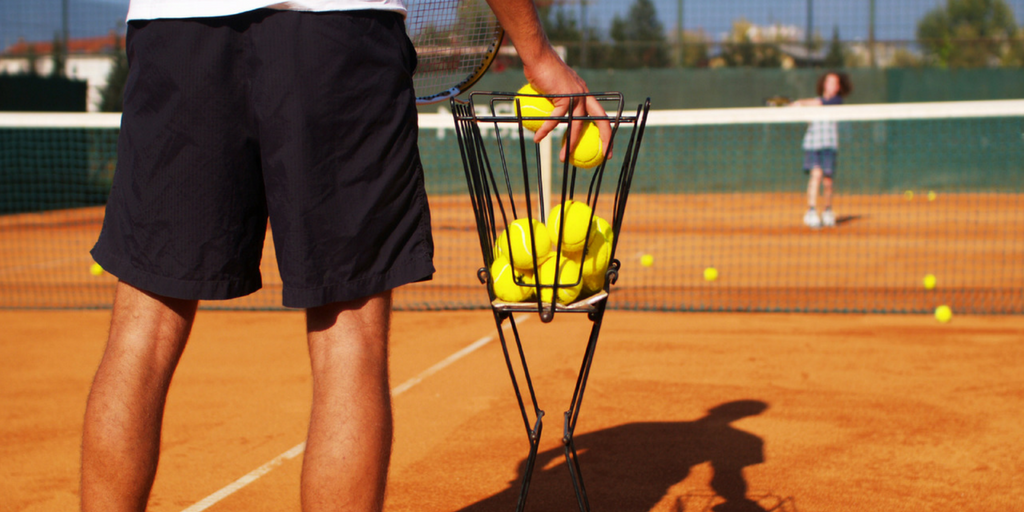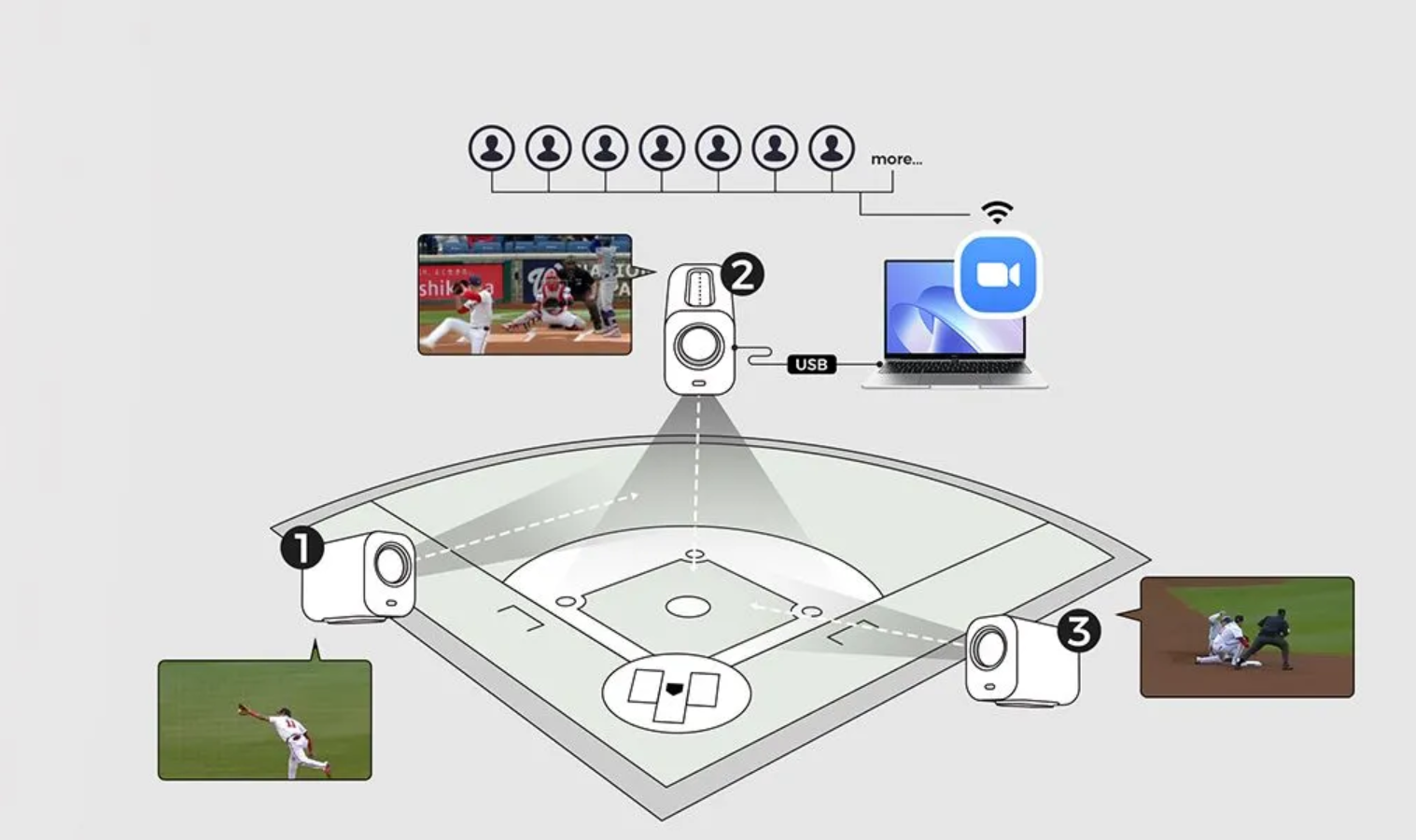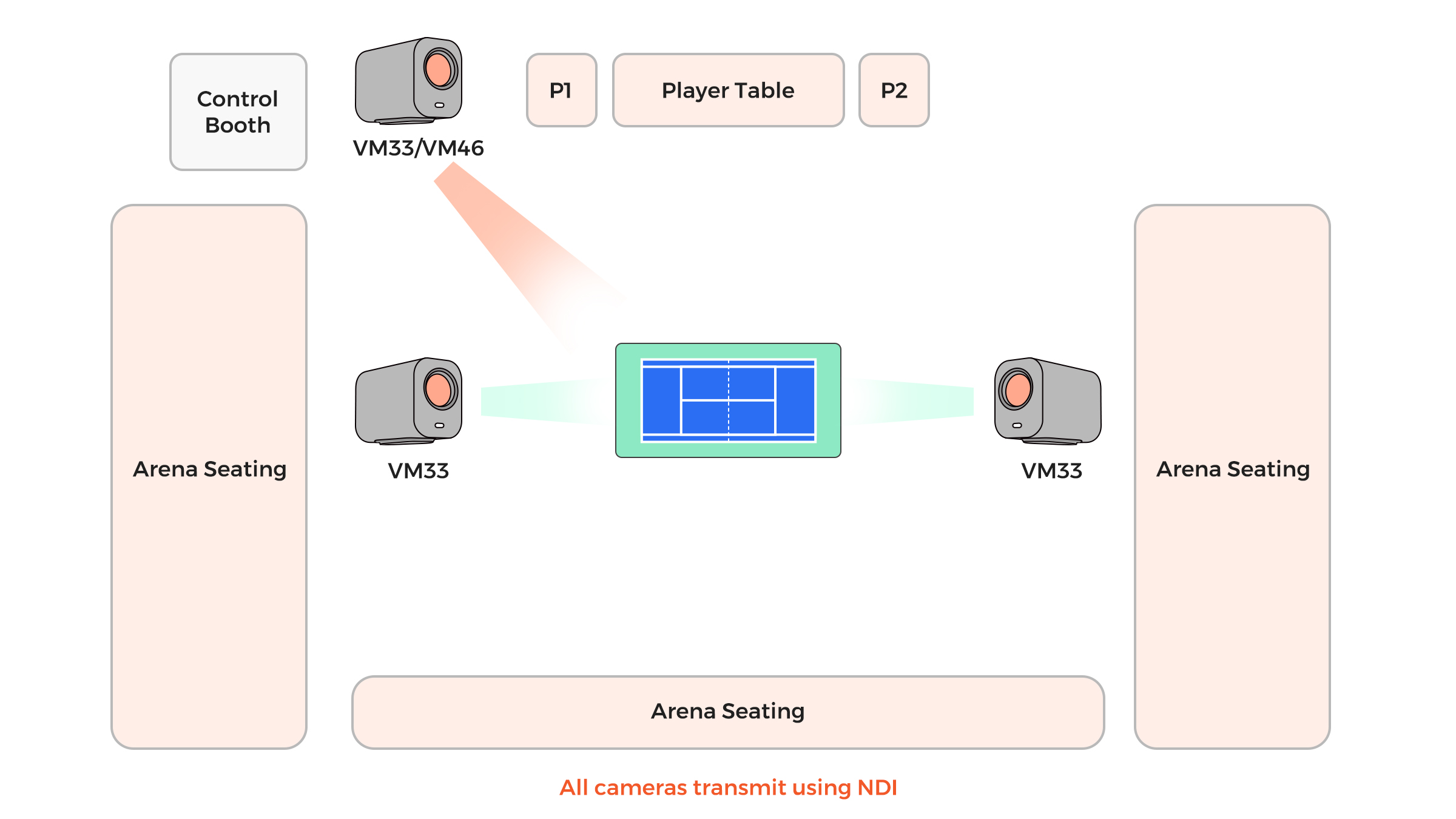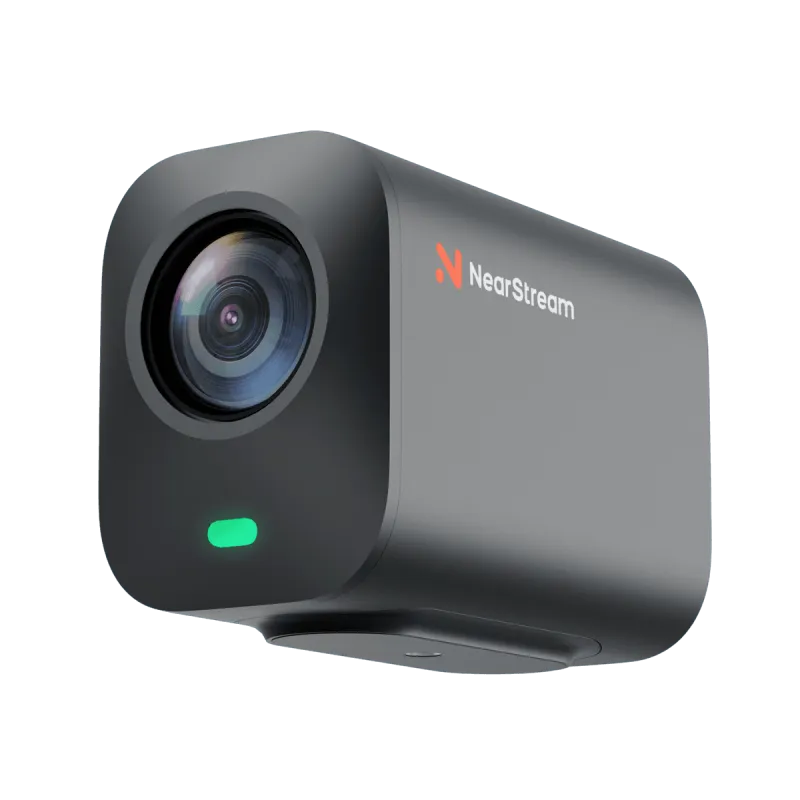How to Improve at Tennis
Here are 3 main ways to improve at tennis:

ref: https://www.linkedin.com/uas/login-submit
Personal Coaching:
Personal coaching is the fast track to improving your tennis game. With one-on-one sessions, you get tailored guidance and insights directly from a seasoned pro. Whether it's refining your serve or perfecting your footwork, personalized tips can make a significant difference. However, one potential drawback is the cost, as personalized coaching can be more expensive than other learning methods.

ref: https://www.imgacademy.com/news/3-tennis-drills-hit-better-forehand
Online Courses:
Dive into online tennis lessons where you can learn at your own pace and convenience. These courses offer a wealth of skills and techniques, accessible anytime and anywhere. Yet, one drawback could be the lack of direct feedback compared to in-person coaching, as it's harder to correct technique without immediate guidance.
Multicam Tennis practicing:
Set up a multicam to elevate your practice sessions. By recording from multiple angles, you gain a comprehensive view of your game. Analyzing your strokes, footwork, and court positioning becomes easier, helping you analyse your technique effectively. Not only can you record your practices from multiple angles, but you can also use cameras for live streaming, instantly gaining insights and feedback from viewers. It's like having a virtual audience and expert feedback right there with you, enhancing your learning experience significantly.
So, it's clear that both personal coaching and online courses have their drawbacks. Without a doubt, multicam setup for tennis practice emerges as the superior choice. But why does multicam matter in practicing tennis? Let's dive in and find out together!
Why Muticam Matters in Practicing Tennis?
Here are some reasons why multicam matters in practicing tennis:
See Every Angle: Multicam setups let you film your tennis practice and matches from various perspectives, like your powerful serves or quick footwork. It's like having a 360-degree view of your tennis skills in action, uncovering details you might miss in real-time.
Spot the Flaws: Imagine having your own instant replay crew. Analyzing footage from different angles helps you spot nuances in your technique—whether it's a shaky backhand or footwork that needs tweaking—so you can refine your game effectively.
Instant Feedback: Going live with your practice? Friends and coaches can watch and give immediate feedback. It's not just practice; it's a virtual team cheering you on and offering tips to level up your play.

ref: https://playsight.com/our-sports/tennis/
We've explored why multicam is crucial in tennis practice. So, what equipment do we need for multicam setups?
Main Devices for MultiCam
To establish an effective multicam setup for tennis practicing, you'll require the following devices:
Multi-Cameras
Multiple high-quality cameras are crucial for capturing diverse angles simultaneously, enhancing the richness of live-streamed content. Opt for cameras with suitable resolution and low-light performance to accommodate varied shooting environments. Compatibility with your video switcher and capture cards ensures seamless integration, facilitating smooth operation and dynamic switching.
If you want to purchase a multi-camera, NearSream VM33 may suit most of your needs which is an all-in-one wireless live streaming multicam with an optical lens, perfect for streamers seeking a second camera or for recording entire church, wedding, sports, conference, online meetings, or any live events. If you want higher quality, you can choose NearStream VM46 with a 4K resolution.

Audio Devices
Investing in quality microphones is paramount for capturing clear and immersive audio from various sources during live streaming. Consider utilizing lavalier microphones for individual speakers or performers to ensure optimal sound quality. Audio mixers may be essential to balance and enhance audio, providing a professional auditory experience.
Video Switcher
A video switcher plays a pivotal role in live streaming, enabling seamless transitions between different camera feeds. When selecting a switcher, ensure it aligns with the number of camera inputs required for your setup. Compatibility with chosen cameras and capture cards is critical for achieving a streamlined and effective multi-cam live streaming experience.
Now that we know the key gear for multicam. Let's figure out how to set up those cameras on the court. After all, setup is the most important part.
How to Setup Muticam for Tennis Practice and Match
Here are 7 easy steps to setup multicam for tennis practice and matches. Plus, we've included an example to guide you along the way!
Step 1: Gather Your Device
- Cameras: Use at least 3-5 cameras (any good-quality action cameras,just like NearStream VM33).
- Tripods/Clamps: To mount the cameras securely.
- Memory Cards and Batteries: Ensure you have enough storage and power.
- Video Editing Software: For syncing and editing the footage later.
Step 2: Plan Your Camera Angles
- Baseline Cameras: Place one camera behind each baseline.
Position: About 3-5 feet behind the baseline, centered with the court.
Height: Use tall tripods to capture a high-angle view of the entire court.
- Net Camera: Place a camera at the net.
Position: In the middle of the net, either mounted on the net with a clamp or on a low tripod just off to the side.
Height: Ensure it’s low enough not to interfere with play but high enough to capture volleys and net play.
- Side Cameras: Place cameras on the sidelines.
Position: About halfway down the court, on each side.
Height: Use medium-height tripods to capture player movements and strokes from the side.
Step 3: Secure Your Cameras
- Mounting: Use sturdy tripods or clamps to secure your cameras. Make sure they are stable and won’t be knocked over by balls or players.
- Safety: Ensure cameras are out of the way of play to avoid damage and injuries.
Step 4: Set Camera Settings
- Resolution and Frame Rate: Set all cameras to the same resolution (e.g., 1080p) and frame rate (e.g., 60fps) for consistency.
- Focus and Exposure: Manually set the focus and exposure to account for lighting conditions on the court.
Step 5: Sync Your Cameras
- Sync Point: Before starting, create a sync point by clapping or using a loud sound. This helps in aligning footage during editing.
- Recording: Start recording on all cameras simultaneously to capture the entire practice or match.
Step 6: Monitor and Adjust
- Monitoring: If possible, have someone monitor the cameras to ensure they are capturing the action correctly.
- Adjustments: Make any necessary adjustments to angles or settings as needed.
Step 7: Review and Edit
- Review Footage: After your session, review the footage from all angles.
- Sync Videos: Use the sync point to align all video clips in your editing software.
- Editing: Combine the best angles to create a comprehensive review of your practice or match. Highlight areas for improvement and showcase your strengths.
Example Setup:
- Baseline Camera 1: Behind the baseline, left side.
- Baseline Camera 2: Behind the baseline, right side.
- Net Camera: Centered at the net.
- Sideline Camera 1: Halfway down the left side of the court.
- Sideline Camera 2: Halfway down the right side of the court.
By following these steps, you'll be able to set up a great multicam system to catch all the action on the tennis court, giving you awesome insights to up your game.

Conclusion
Wrapping it all up, we've explored the exciting world of improving your tennis skills solo with the help of multicam technology. From understanding the importance of multicam in enhancing your practice sessions to selecting the right equipment and setting it up correctly, you're now equipped with the knowledge to practice tennis alone more effectively than ever. Keep experimenting with your multicam setup and watch your game reach new heights. Happy practicing, and may your solo sessions be filled with aces and victories!
The NearStream VM46 is a 4K all-inone wireless live streaming multicam with an optical lens, perfect for streamers seeking a second camera or for recording entire church, wedding, sports, conference, online meetings or any live events. If you're not aiming for 4K resolution, the 2K version of NearStream33 offers better value for money.























